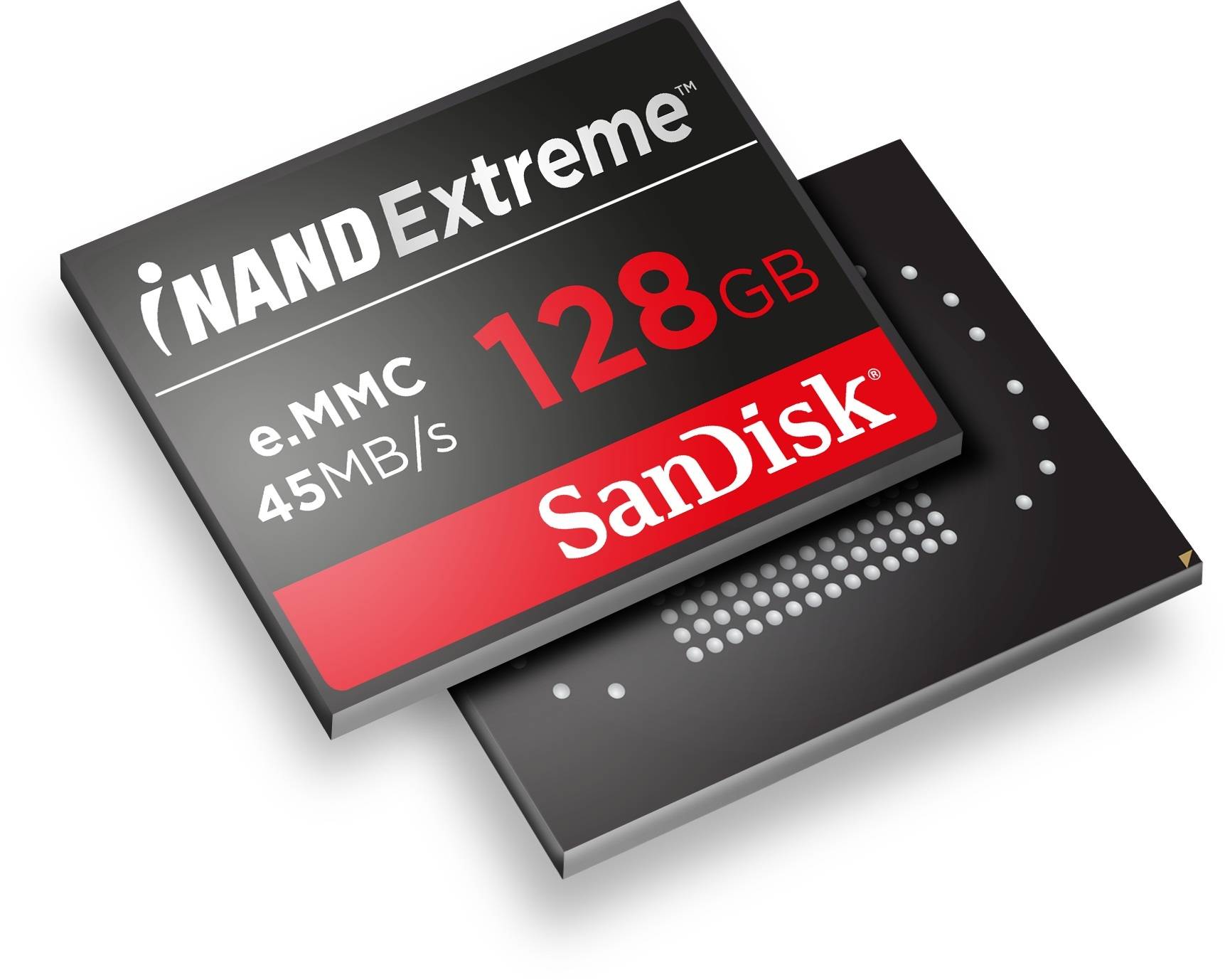
With mobile processors getting even faster and more efficient these days, bottlenecks will start to appear in other parts of the processing pipeline, such as RAM and data storage. This is why popular flash memory maker SanDisk is optimizing its iNAND Extreme drives to make sure that it performs to the best of its abilities when paired up with Intel‘s new system-on-chip platform, nicknamed “Bay Trail.”
Last week, Intel took off the covers from its Bay Trail processors, it latest attempt to get into the mobile device race currently being dominated by the ARM architecture and chip manufacturers like Qualcomm, Samsung, and MediaTek. Starting with the new Atom Z3000, Intel hopes to give greater CPU and GPU with less heat and power consumption on laptops and tablets running Windows or Android.
If Intel will be able to deliver on that promise, other parts of the device must catch up, especially with storage, as SanDisk is well aware of. According to the company, the optimized iNAND Extreme embedded flash drives will be able to support the Intel Atom Z3000’s high performance with its own outstanding data writing and reading speeds of up to 45/150 MB/s for sequential data access and 800/4k for IOPS (input/output operations per second) for random access.
SanDisk’s iNAND Extreme is available in capacities of up to 128 GB, but as Bay Trail is still new, there isn’t a device out there yet that has this potential killer combo. We might be seeing some interesting devices using this technologies soon before the year ends.
SOURCE: SanDisk









